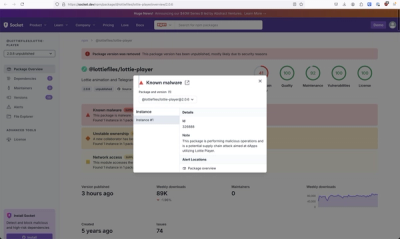What is Curator?
Curator n ˈkyoor͝ˌātər: a keeper or custodian of a museum or other collection - A ZooKeeper Keeper.

What is curator.go?
Curator.go is a Golang porting for Curator, which base on the go-zookeeper.
Getting Started
Learn ZooKeeper
Curator.go users are assumed to know ZooKeeper. A good place to start is ZooKeeper Getting Started Guide
Install Curator.go
$ go get github.com/catenoid-company/curator.go
Using Curator
The Curator.go are available from github.com. You can easily include Curator.go into your code.
import (
"github.com/catenoid-company/curator.go"
)
Getting a Connection
Curator uses Fluent Style. If you haven't used this before, it might seem odd so it's suggested that you familiarize yourself with the style.
Curator connection instances (CuratorFramework) are allocated from the CuratorFrameworkBuilder. You only need one CuratorFramework object for each ZooKeeper cluster you are connecting to:
curator.NewClient(connString, retryPolicy)
This will create a connection to a ZooKeeper cluster using default values. The only thing that you need to specify is the retry policy. For most cases, you should use:
retryPolicy := curator.NewExponentialBackoffRetry(time.Second, 3, 15*time.Second)
client := curator.NewClient(connString, retryPolicy)
client.Start()
defer client.Close()
The client must be started (and closed when no longer needed).
Calling ZooKeeper Directly
Once you have a CuratorFramework instance, you can make direct calls to ZooKeeper in a similar way to using the raw ZooKeeper object provided in the ZooKeeper distribution. E.g.:
client.Create().ForPathWithData(path, payload)
The benefit here is that Curator manages the ZooKeeper connection and will retry operations if there are connection problems.
Recipes
Distributed Lock
lock := curator.NewInterProcessMutex(client, lockPath)
if ( lock.Acquire(maxWait, waitUnit) )
{
defer lock.Release()
// do some work inside of the critical section here
}
Leader Election
listener := curator.NewLeaderSelectorListener(func(CuratorFramework client) error {
// this callback will get called when you are the leader
// do whatever leader work you need to and only exit
// this method when you want to relinquish leadership
}))
selector := curator.NewLeaderSelector(client, path, listener)
selector.AutoRequeue() // not required, but this is behavior that you will probably expect
selector.Start()
Examples
This module contains example usages of various Curator features. Each directory in the module is a separate example.
- leader Example leader selector code
- cache Example PathChildrenCache usage
- locking Example of using InterProcessMutex
- discovery Example usage of the Curator's ServiceDiscovery
- framework A few examples of how to use the CuratorFramework class
See the examples source repo for each example.
Components
- Recipes Implementations of some of the common ZooKeeper "recipes". The implementations are built on top of the Curator Framework.
- Framework The Curator Framework is a high-level API that greatly simplifies using ZooKeeper. It adds many features that build on ZooKeeper and handles the complexity of managing connections to the ZooKeeper cluster and retrying operations.
- Utilities Various utilities that are useful when using ZooKeeper.
- Client A replacement for the bundled ZooKeeper class that takes care of some low-level housekeeping and provides some useful utilities.
- Errors How Curator deals with errors, connection issues, recoverable exceptions, etc.




